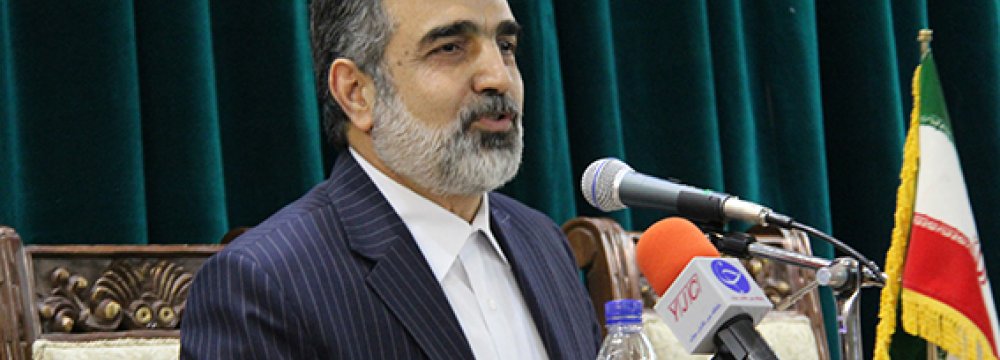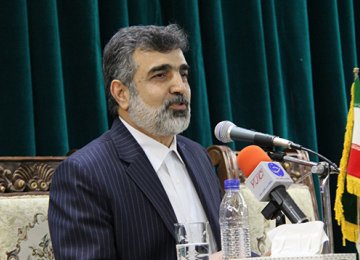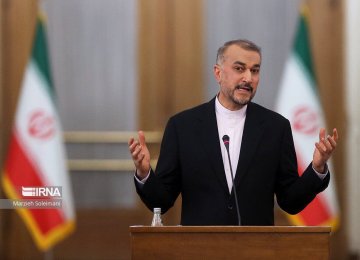A nuclear official called on the UN nuclear Agency to revise its mechanism for safeguarding national secrets that member states share with it, after the leak of a confidential document on Iran's nuclear plans.
Tehran submitted the document to the International Atomic Energy Agency in compliance with last year's nuclear deal with major powers, outlining its plans to expand its uranium enrichment program after the first 10 years of the accord. "We ask the IAEA to reform the security clearance process for access to confidential information," the spokesperson for the Atomic Energy Organization of Iran, Behrouz Kamalvandi, told state TV on Monday.
"Such documents contain sensitive industrial, commercial and security data of countries, so they must be kept out of the reach of unauthorized individuals." AP published the document in question earlier this month, saying it obtained it from a diplomat whose work has focused on Iran's nuclear program for more than a decade and its authenticity was confirmed by another diplomat who possesses the same document.
It is the only text linked to the deal that has not been made public, although US officials say members of Congress who expressed interest were briefed on its substance.
Tehran was given sanctions relief in return for curbs of up to 15 years on its nuclear program when the pact went into effect in January.
The document revealed that key restrictions on the program will start to ease years before the 15-year pact expires.
Note of Protest
Kamalvandi said, "We are sending a note of protest to the UN nuclear agency today over the leak of our national secrets."
According to the plan outlined in the document, as of January 2027, 11 years after the deal was implemented, Iran will start replacing its mainstay centrifuges with thousands of advanced machines.
Among the constraints the Islamic Republic accepted on its nuclear program was to cut the number of installed centrifuges at Fordo and Natanz enrichment sites by two-thirds.
From year 11 to 13, says the document, Iran will install centrifuges up to five times as efficient as the 5,060 machines it is now restricted to using.
Those new models will number less than those being used now, ranging between 2,500 and 3,500, depending on their efficiency, according to the document. But because they are more effective, they will allow Iran to enrich at more than twice the rate it is doing now.
Components other than centrifuge numbers and efficiency include how much enriched uranium Tehran has to work with, and restrictions on its stockpile extend until the end of the deal, limiting its full enrichment program. Iran has been committed by the nuclear agreement to keep its stockpile of low-enriched uranium below 300 kg.
While the document does not say what happens with centrifuge numbers and types past year 13, US Energy Secretary Ernest Moniz told AP that Iran will be free to install any number of advanced centrifuges beyond that point, even though the nuclear deal extends two additional years.








